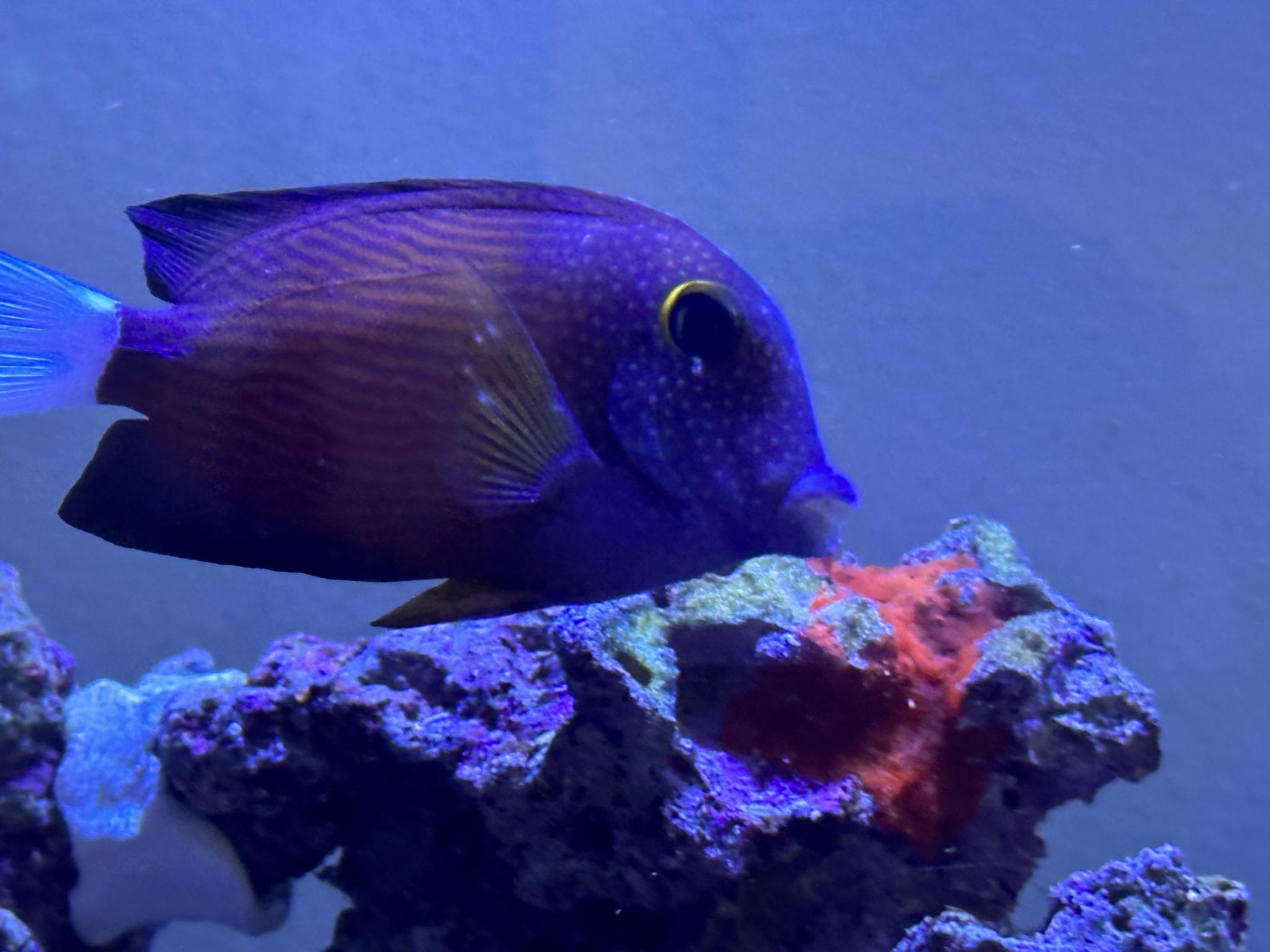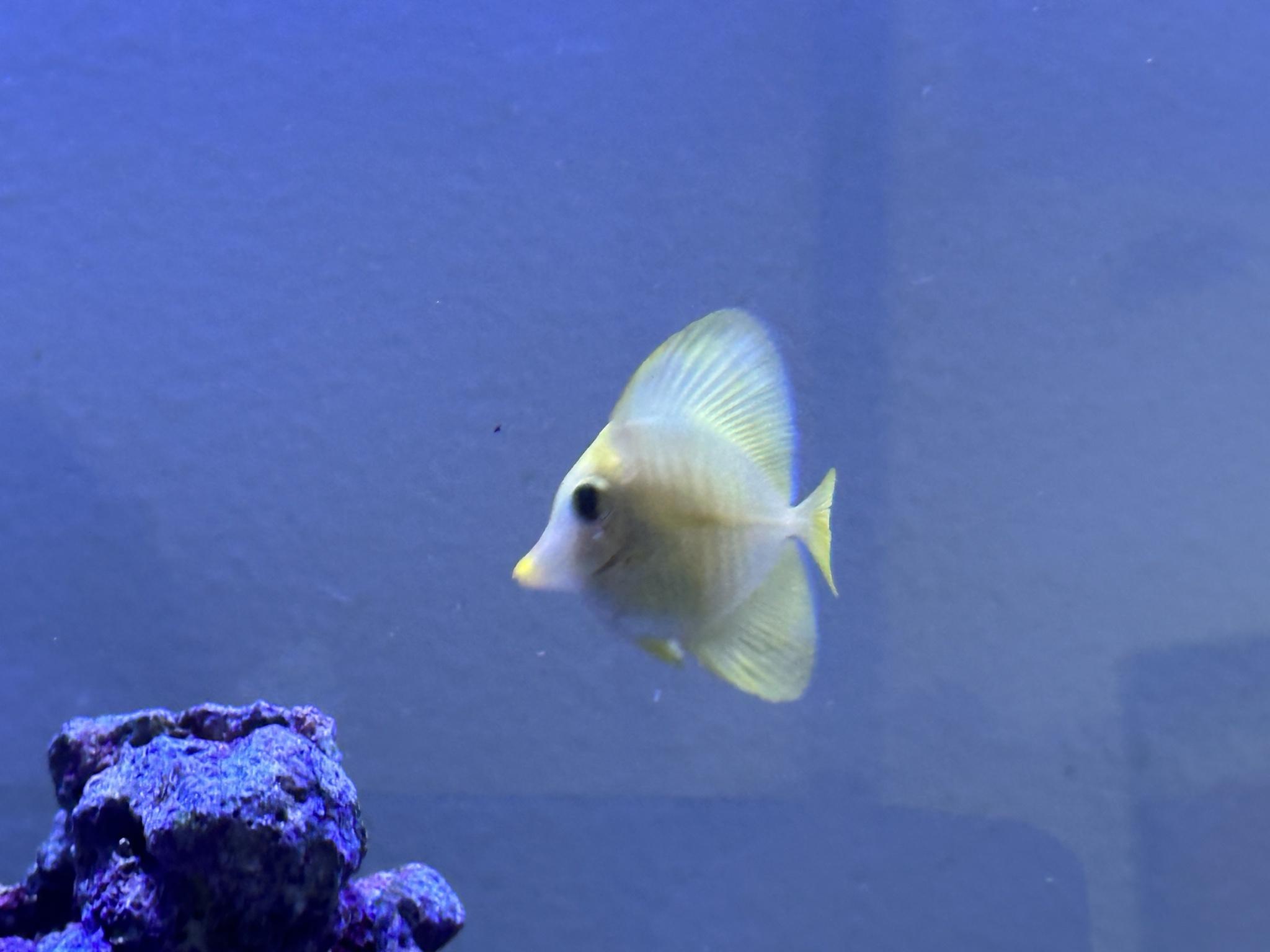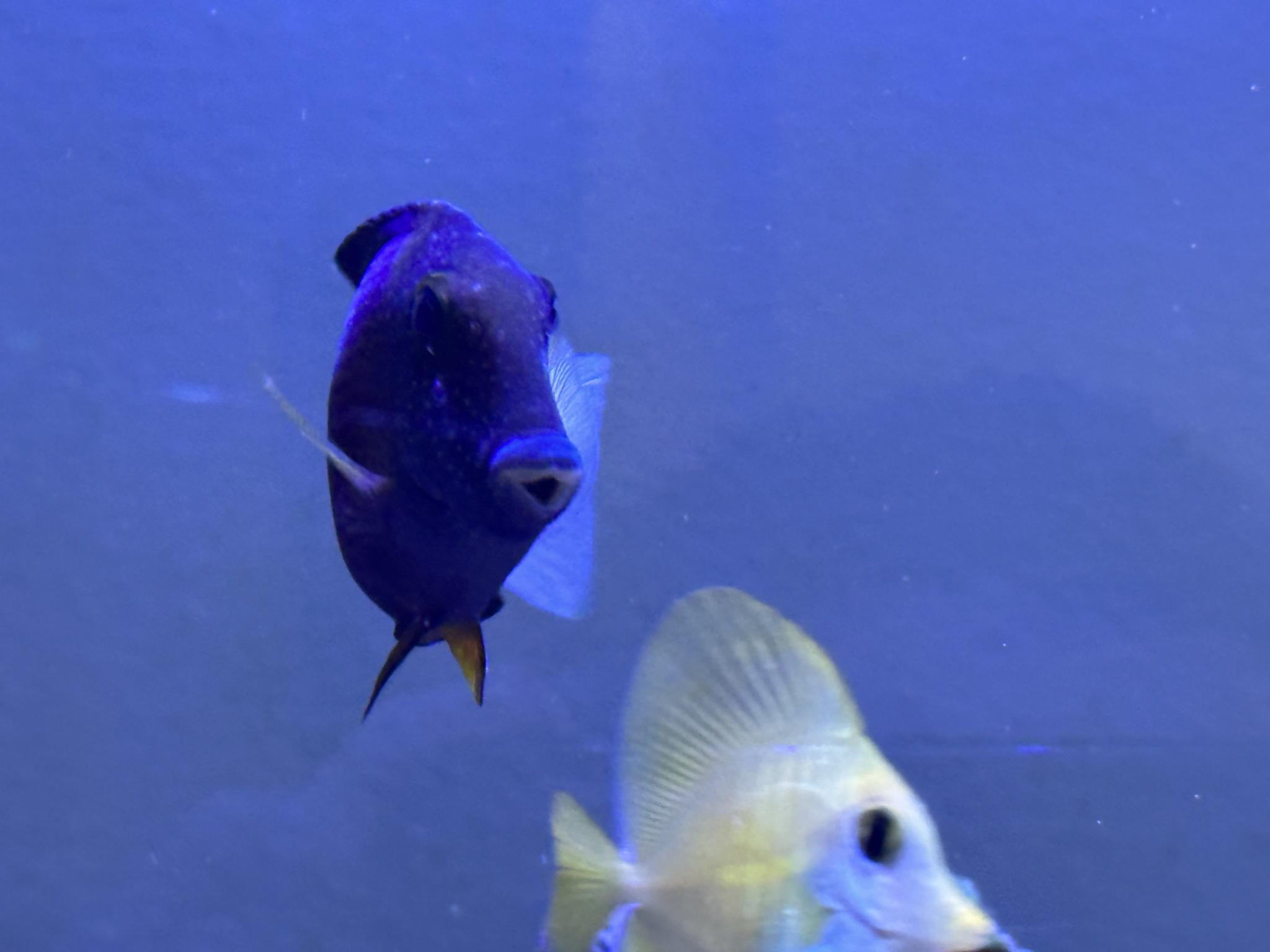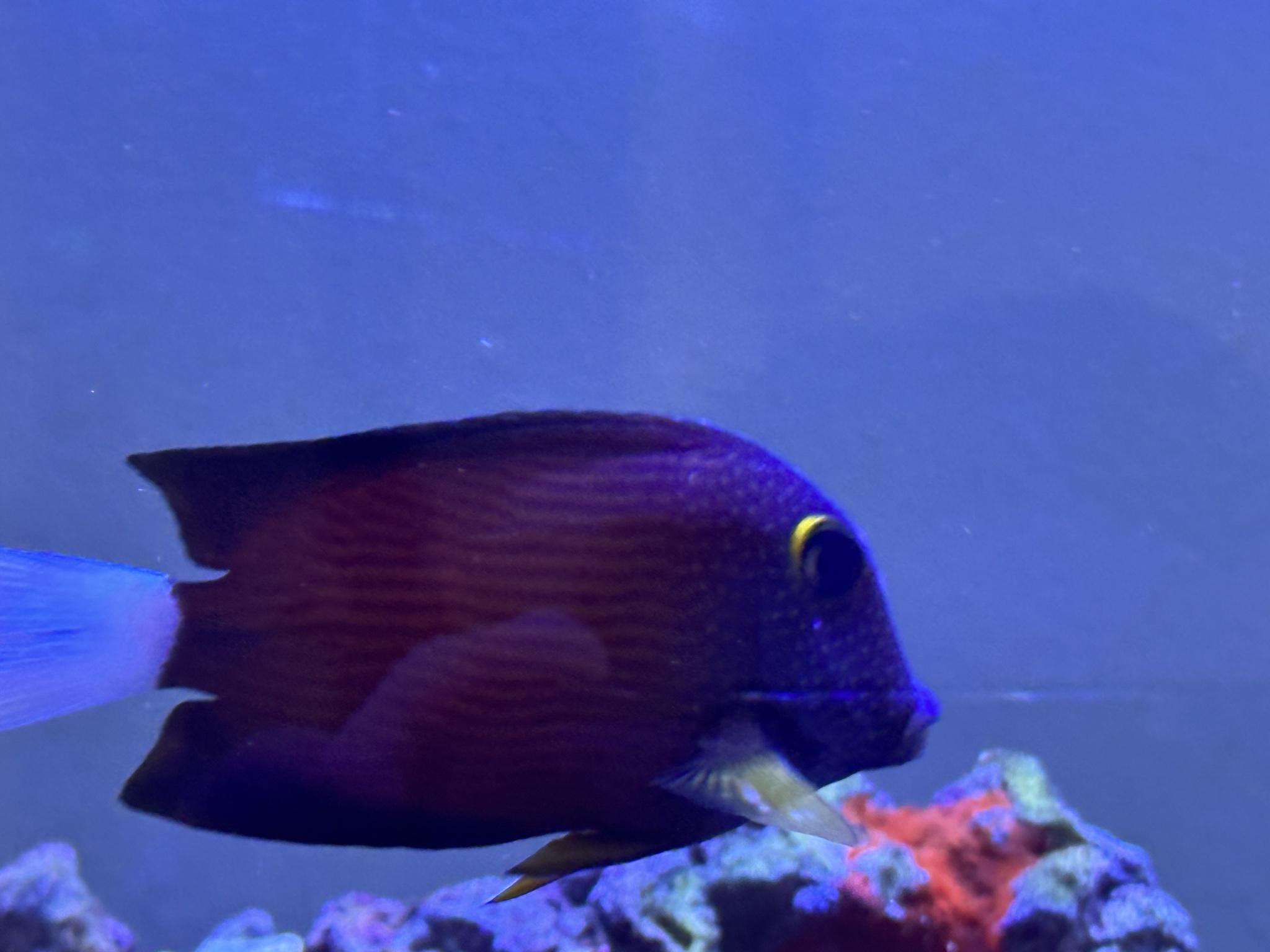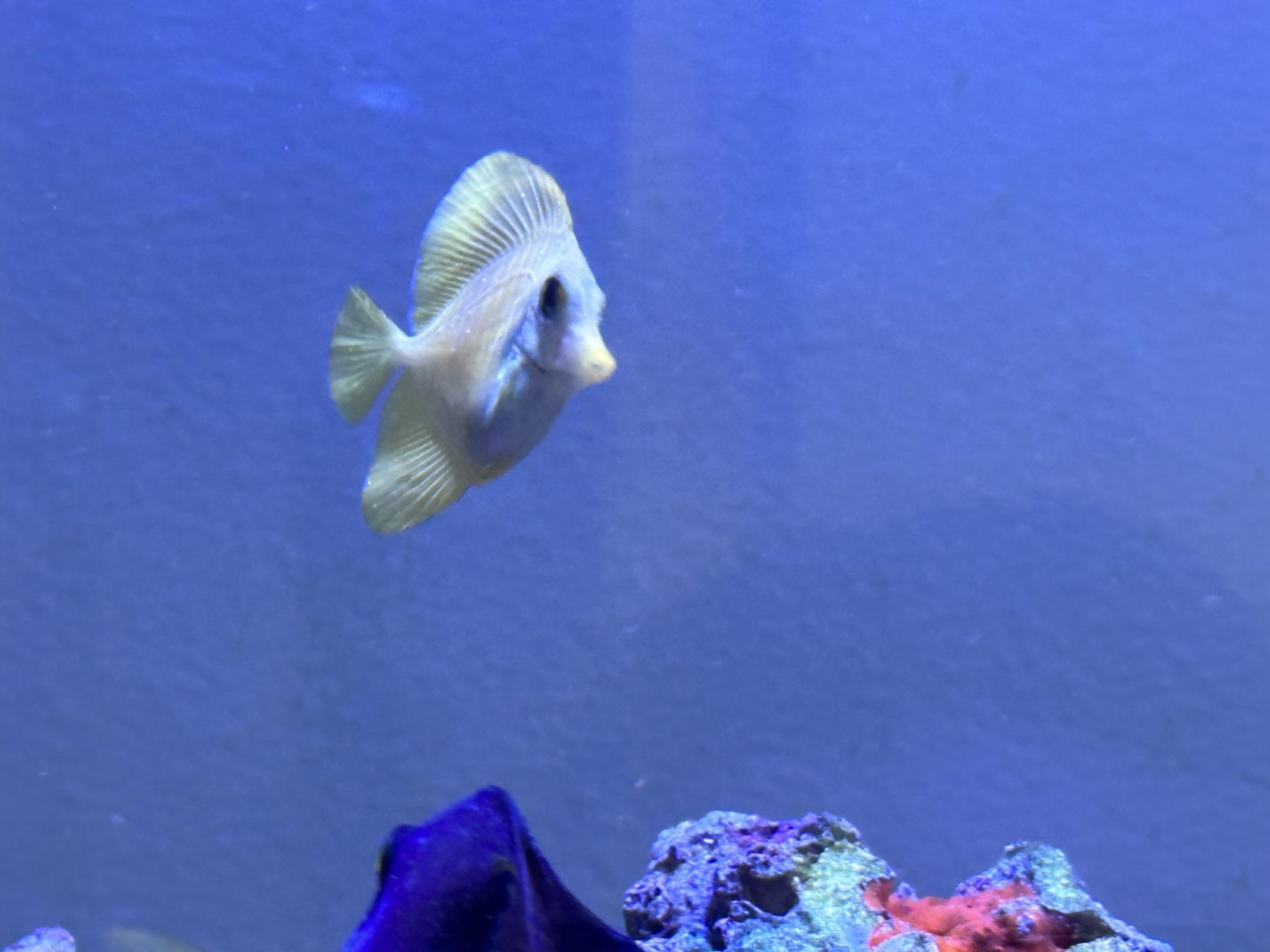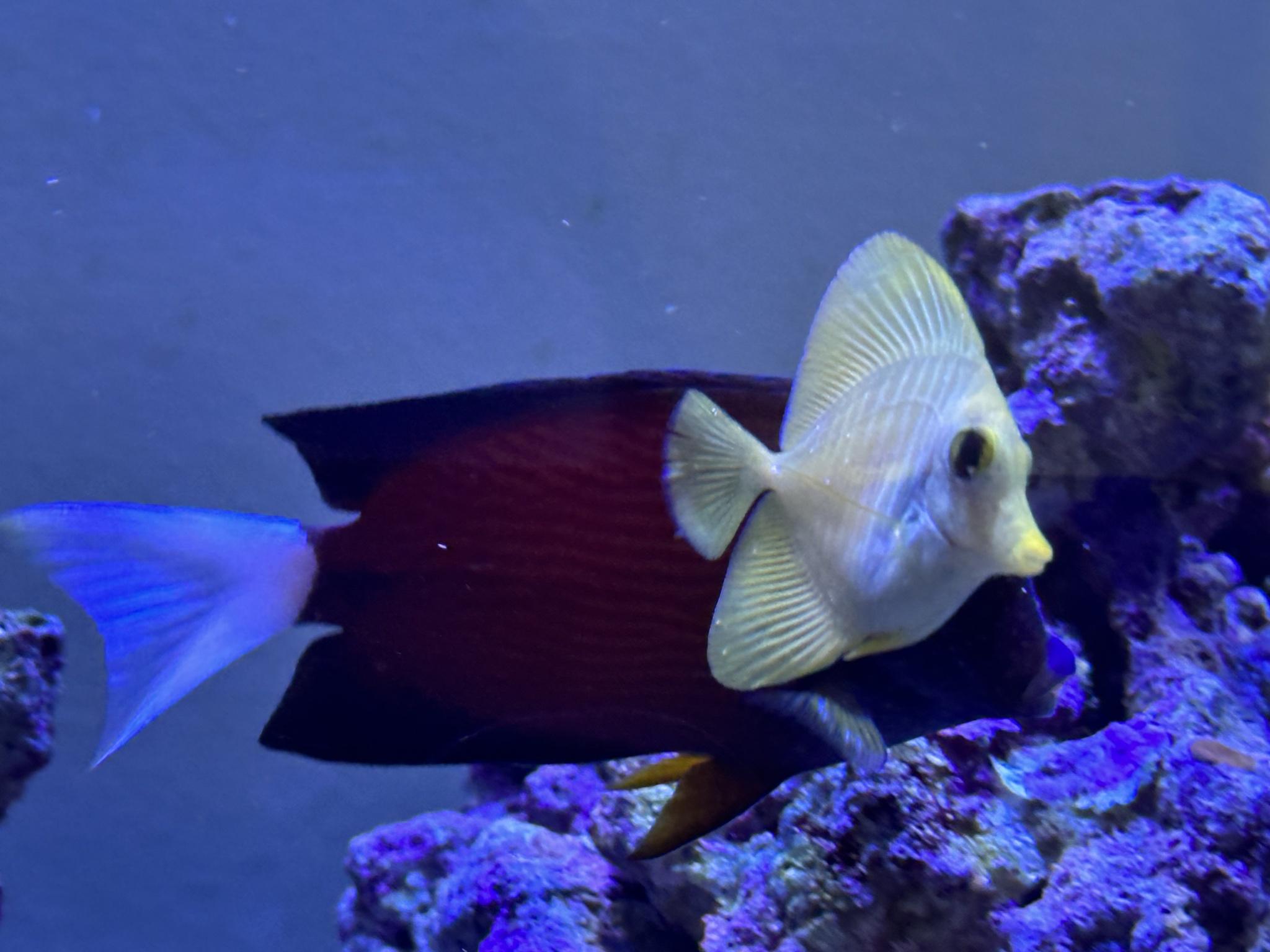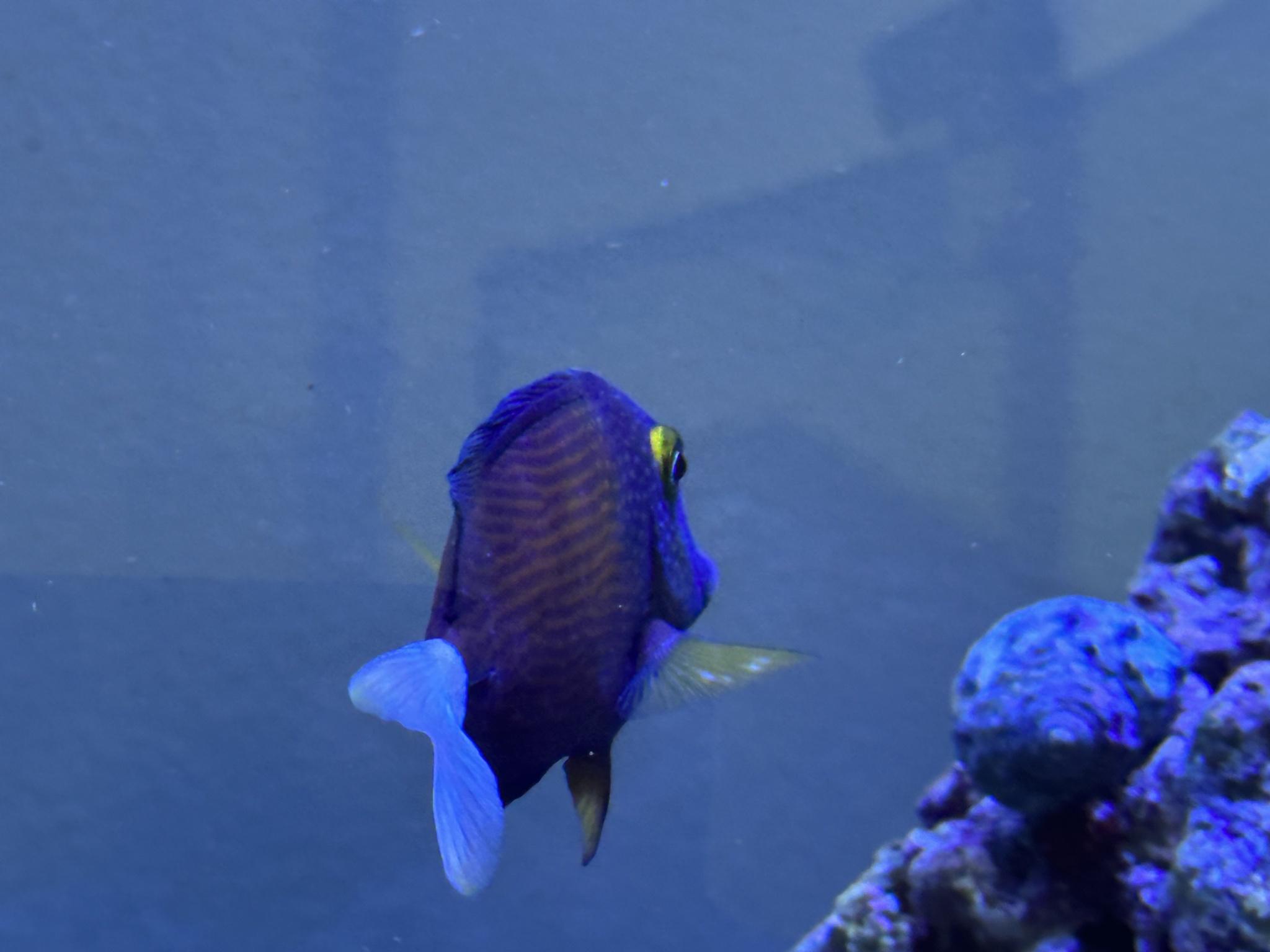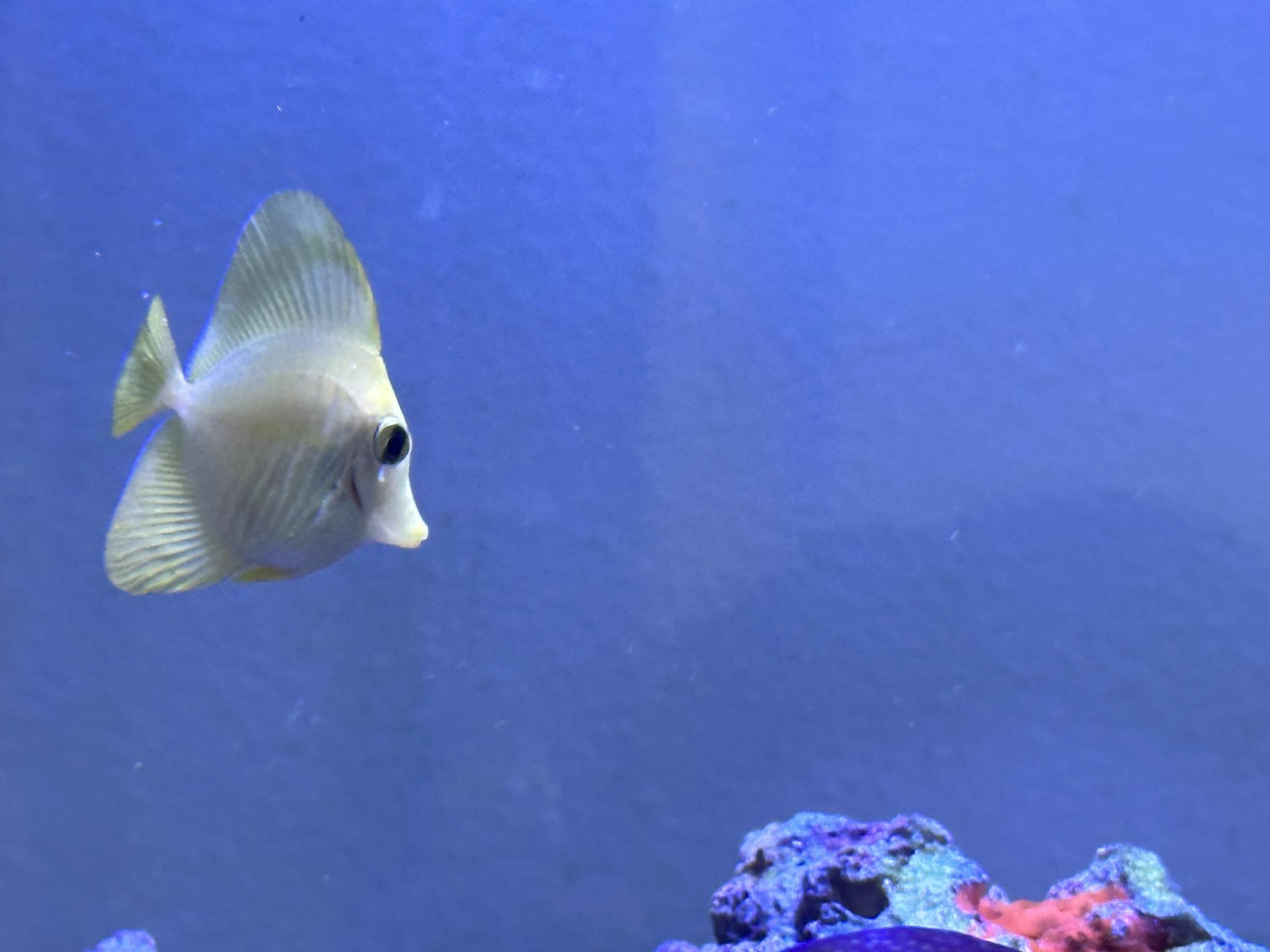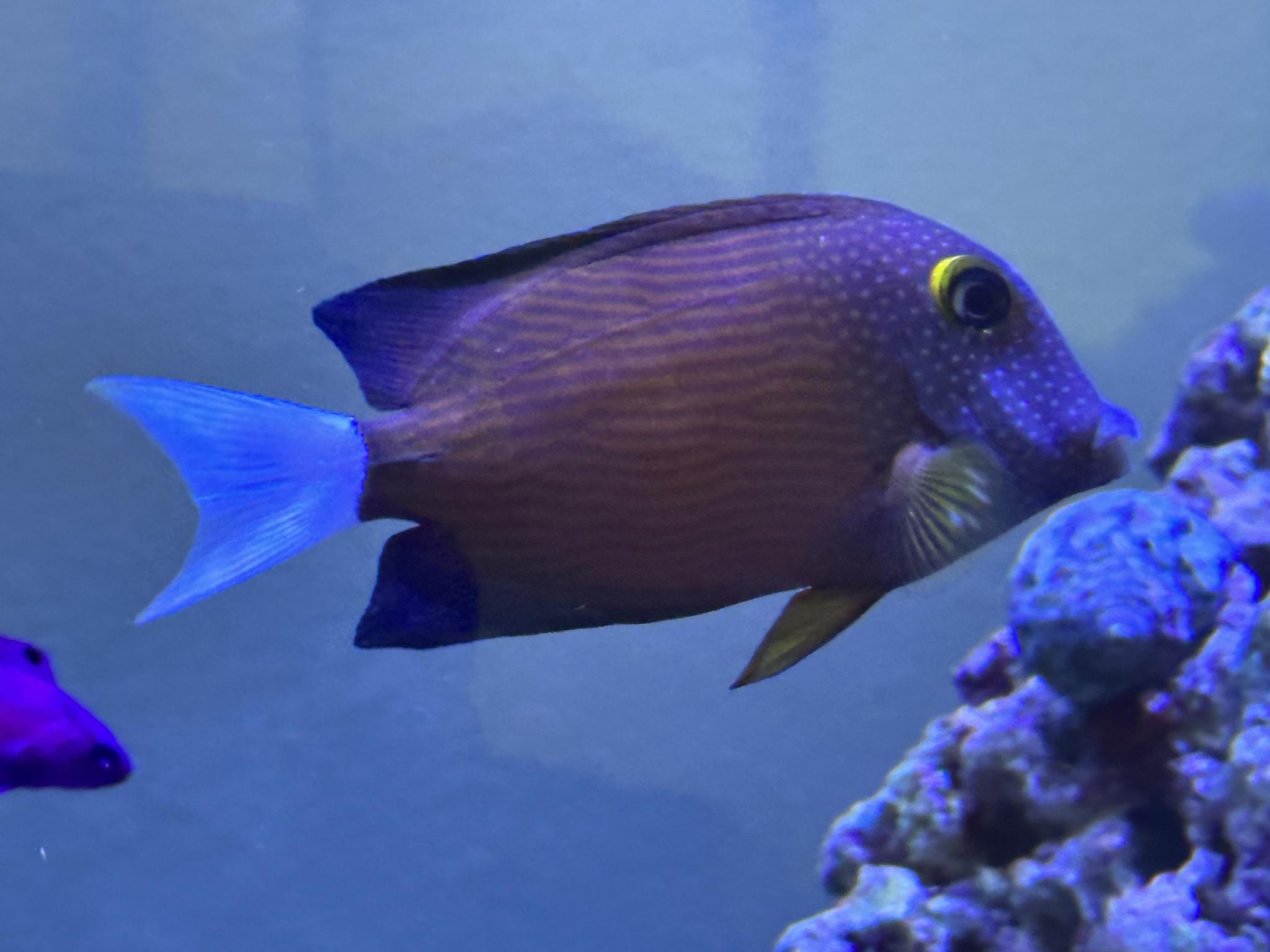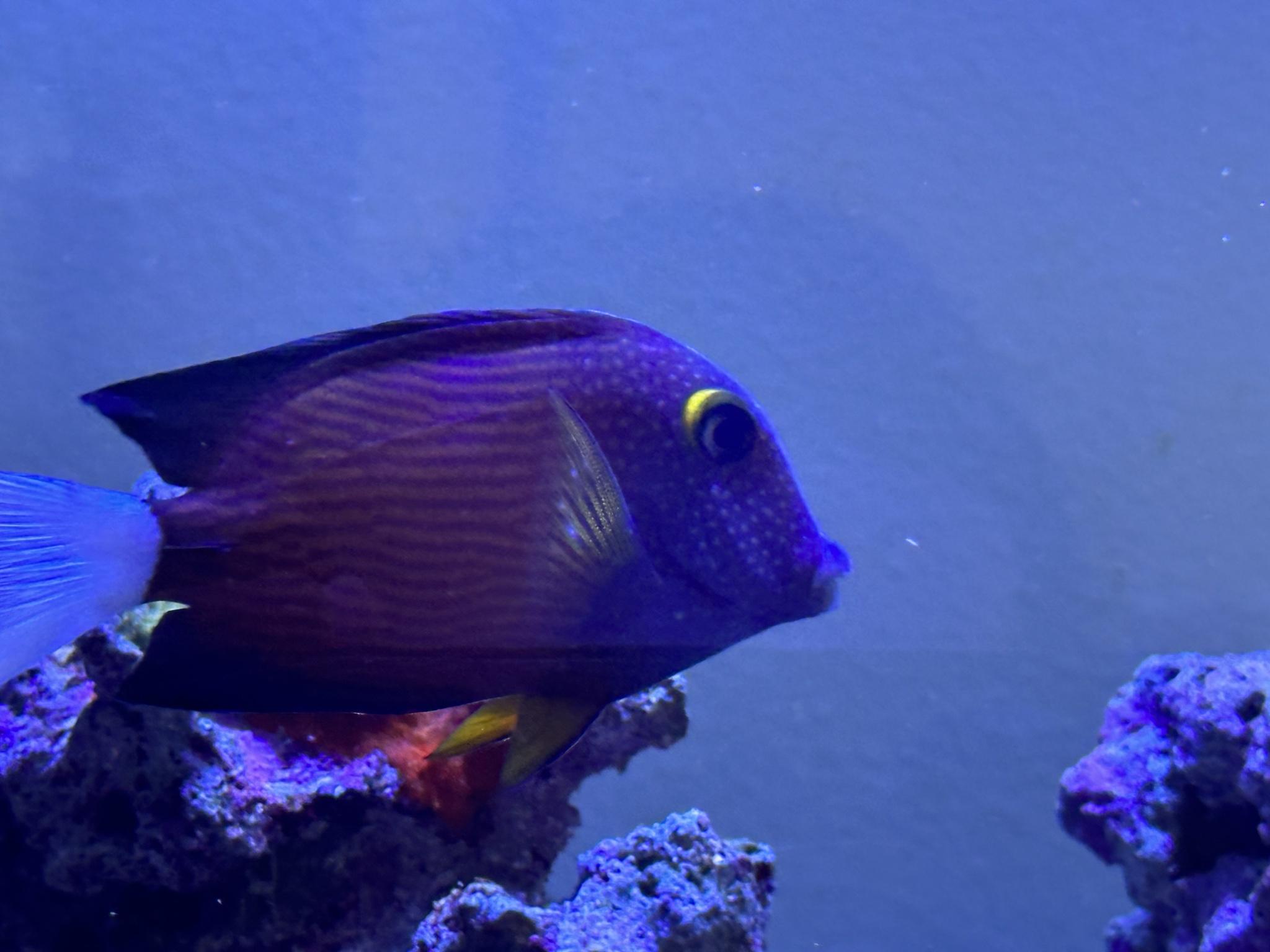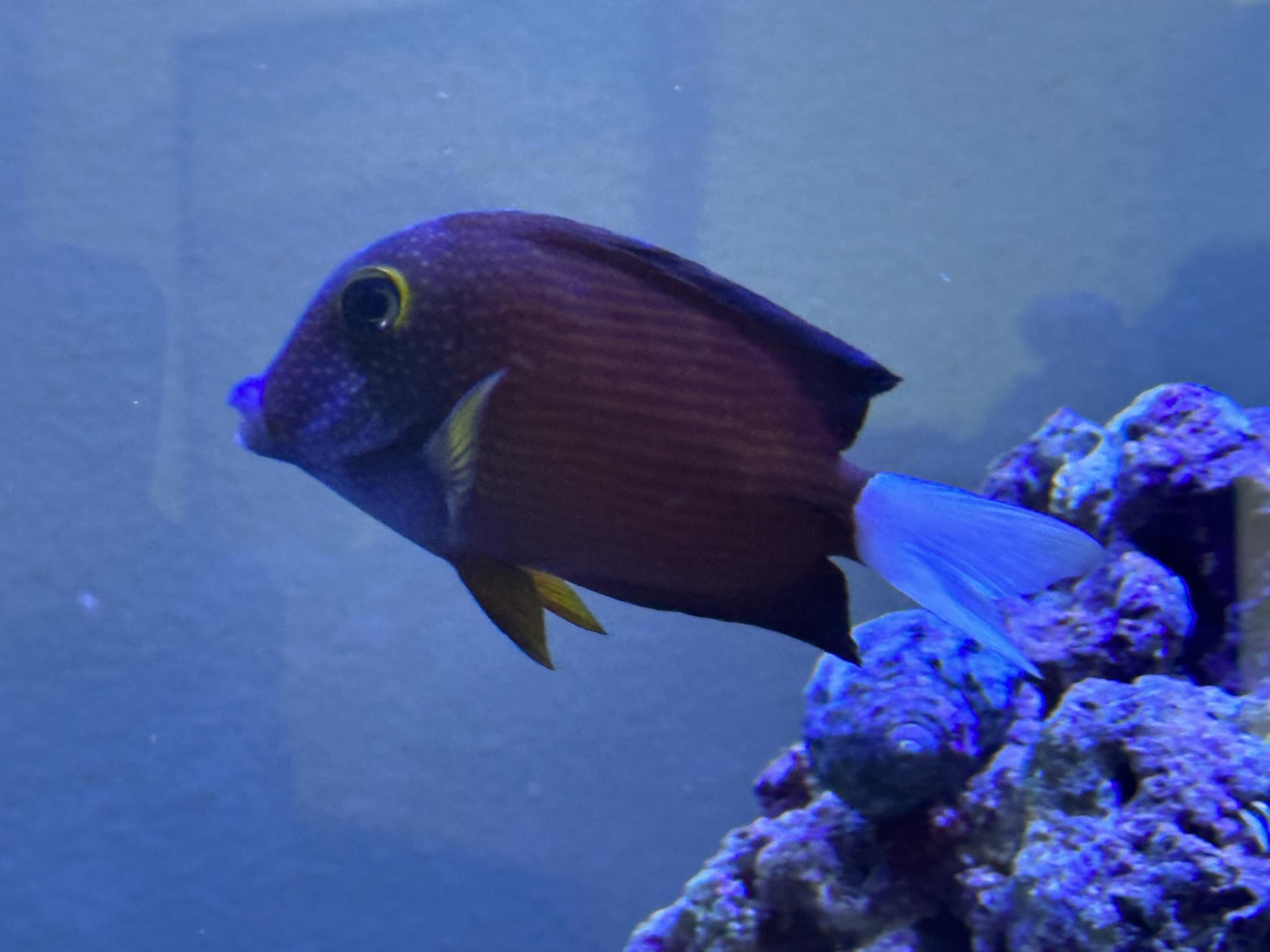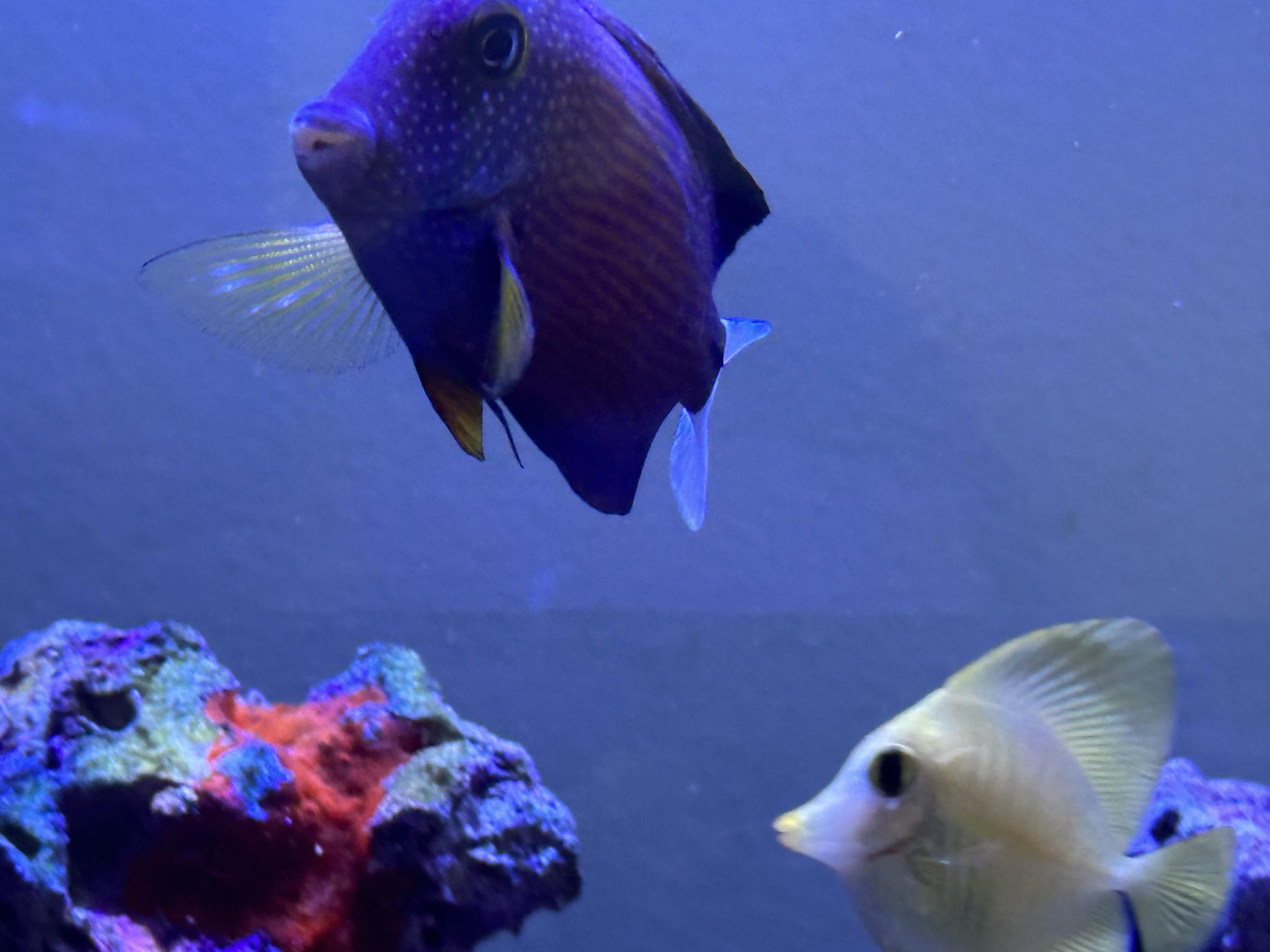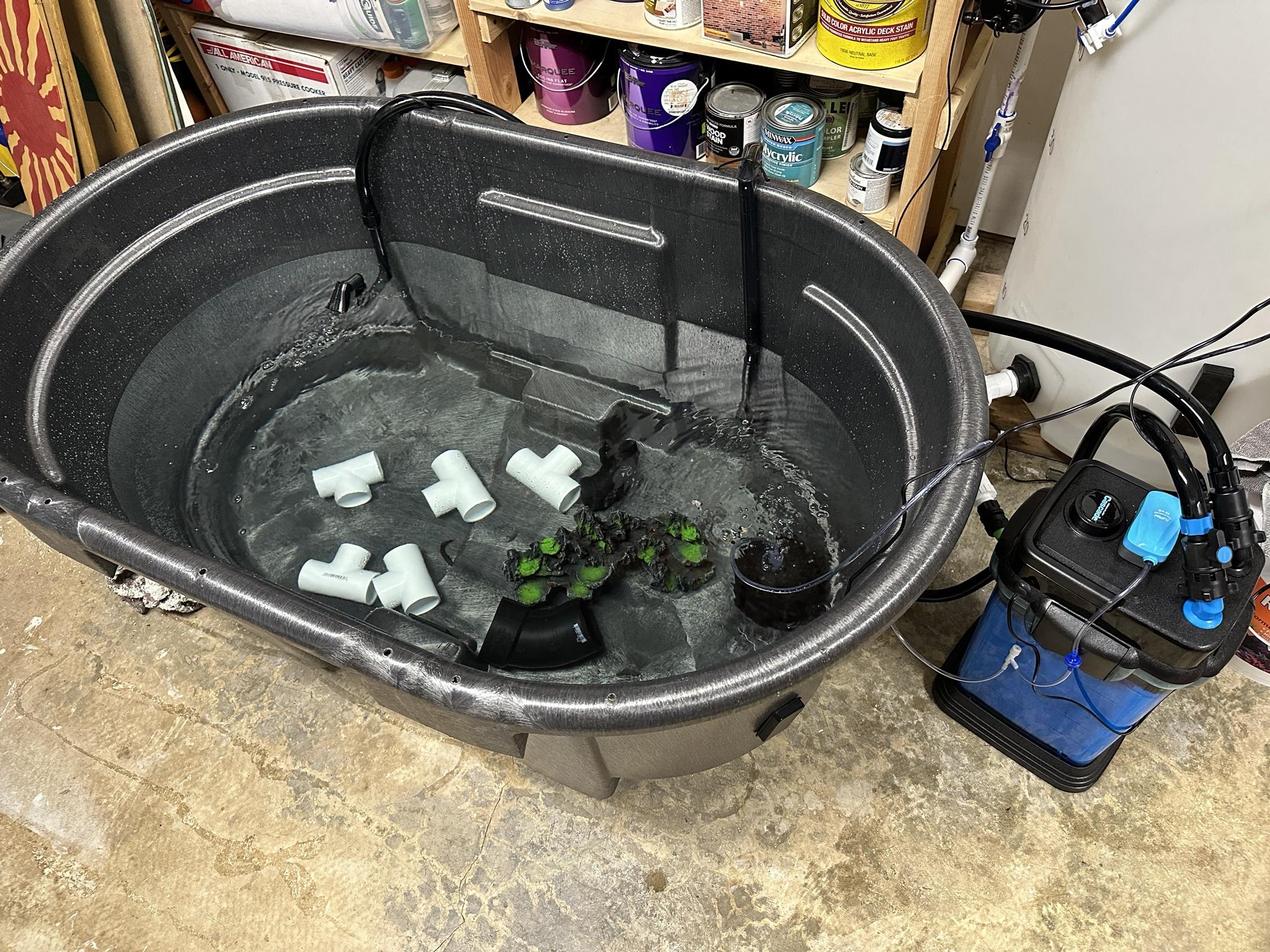A few months back I started a 110 gallon and used 40 pounds of ocean sourced live rock. Well 2 days ago I noticed a few spots on my white tail tang. The fish came from an LFS where it’s been in their coral system. It was my first fish in the tank and I got it more than a month ago. Other fish have been pre quarantined or from Biota. Anyways I’m looking for advice.
The tank has:
(1) white tail tang
(1) baby yellow yang
(1) baby multi bar
(1) baby coral beauty
(1) baby mandarin
(1) baby regal
(1) Royal gramma
(2) small blotchy anthias
(3) mollies and a handful of babies
The 2 tangs are the only ones showing signs of ich. All fish are eating pellets vigorously.
I bought a 100 gallon stock tank for QT but I’m wondering am I better off running hypo salinity on the DT and just move the rock and inverts to the stock tank?
Or do I move all the fish to a stock tank and treat with copper power? I have bio filters ready to setup the QT tank. My concern with this route is the small biota fish not doing well with Copper Power.
I’m definitely feeling overwhelmed so help is appreciated.
The tank has:
(1) white tail tang
(1) baby yellow yang
(1) baby multi bar
(1) baby coral beauty
(1) baby mandarin
(1) baby regal
(1) Royal gramma
(2) small blotchy anthias
(3) mollies and a handful of babies
The 2 tangs are the only ones showing signs of ich. All fish are eating pellets vigorously.
I bought a 100 gallon stock tank for QT but I’m wondering am I better off running hypo salinity on the DT and just move the rock and inverts to the stock tank?
Or do I move all the fish to a stock tank and treat with copper power? I have bio filters ready to setup the QT tank. My concern with this route is the small biota fish not doing well with Copper Power.
I’m definitely feeling overwhelmed so help is appreciated.










